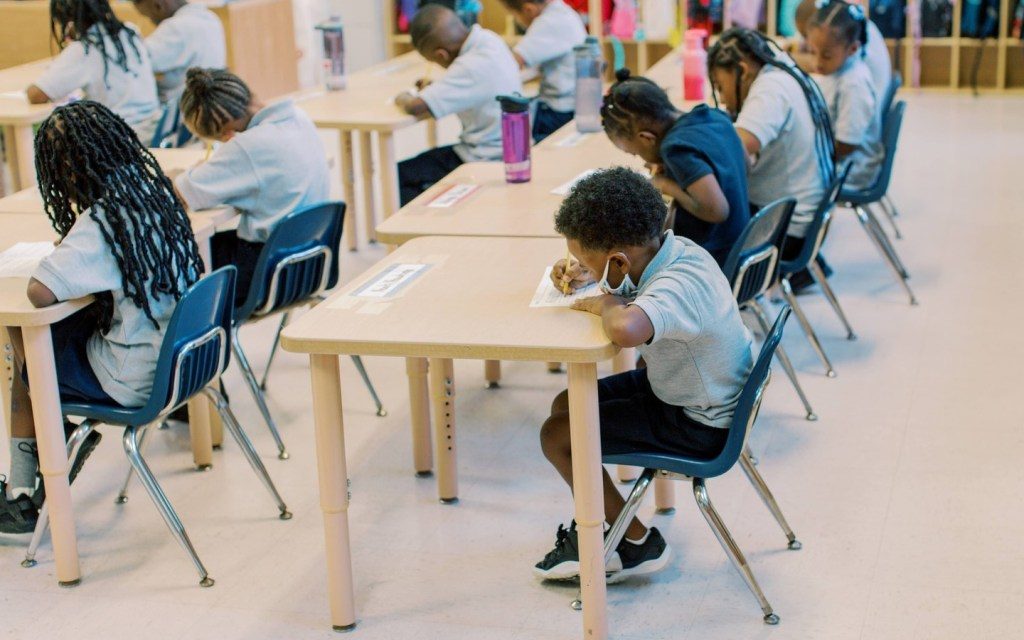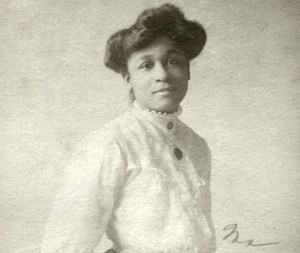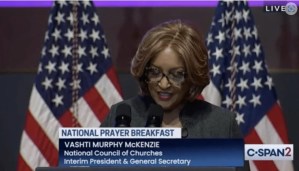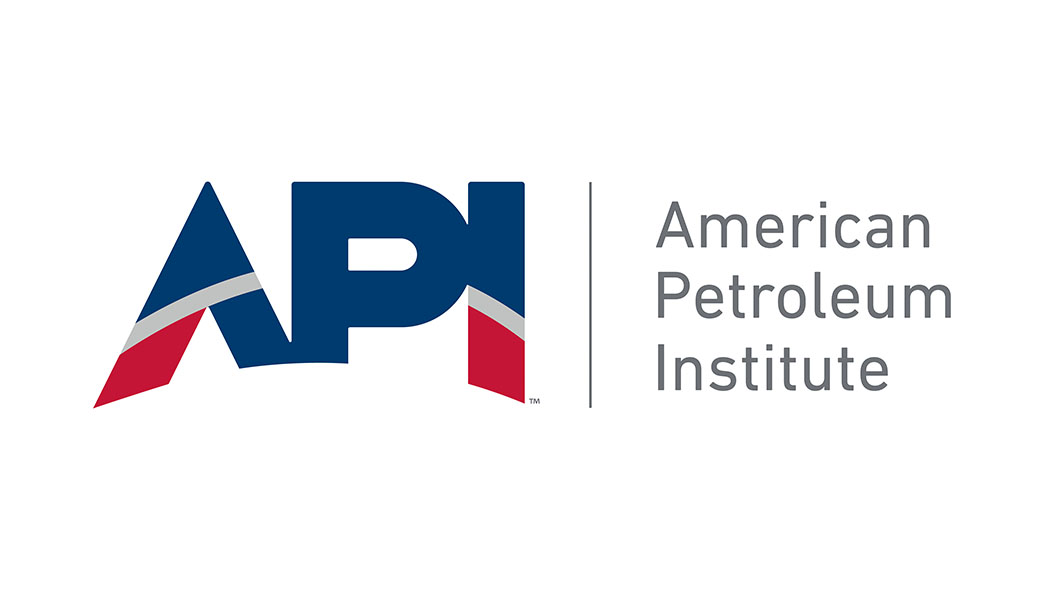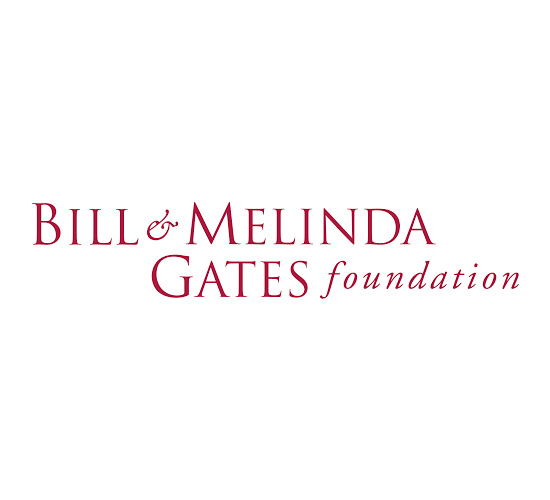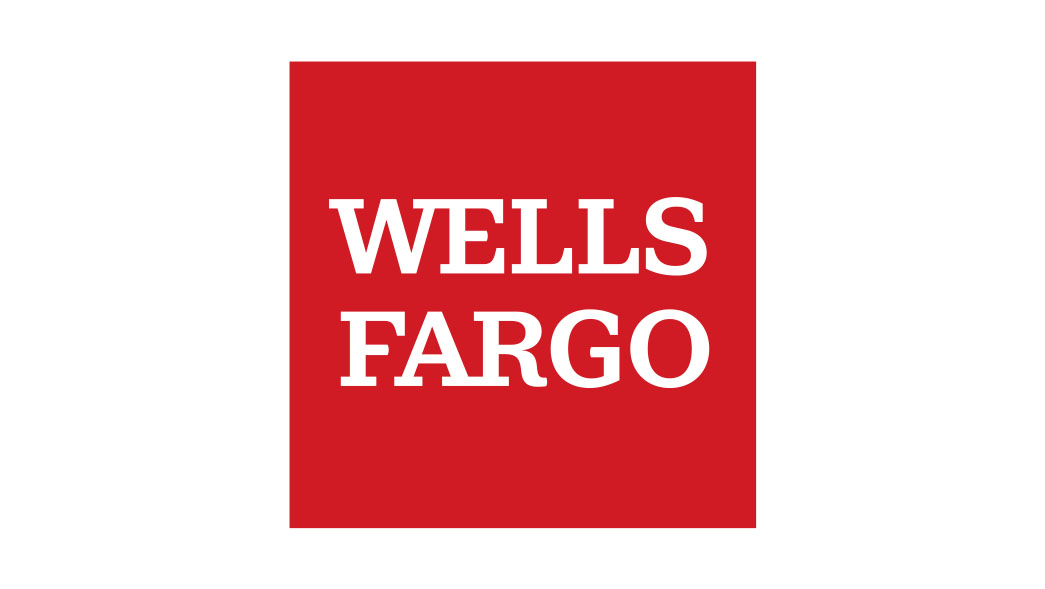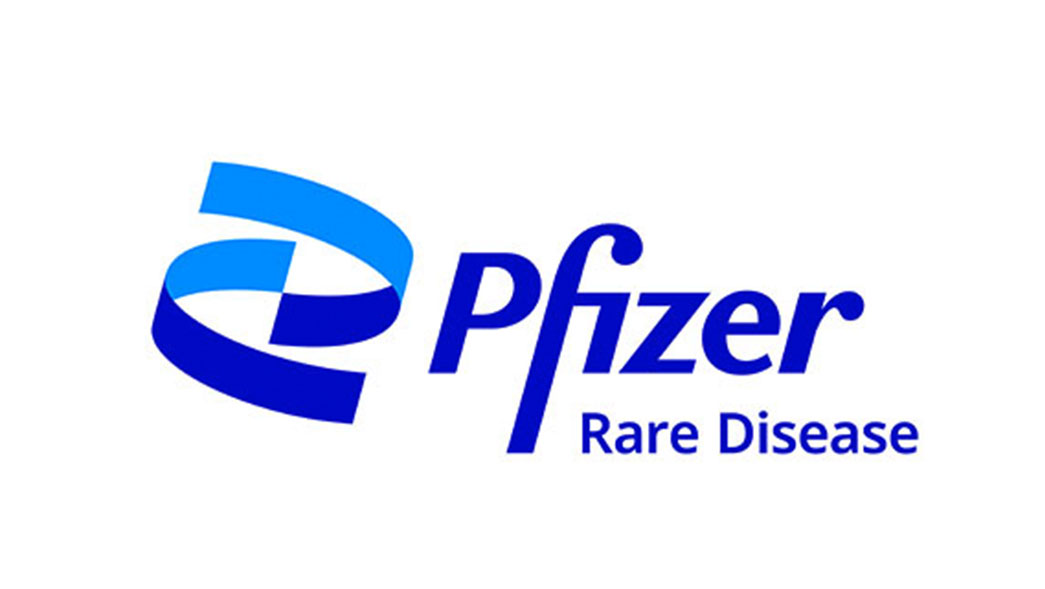
By Gene A. Lambey
Special to the AFRO
On Friday, March 13, 2020 teachers and members of the school community had their last normal day in the workforce. As fear of a deadly virus spread, infection rates traveled faster.
In recognition of the fifth anniversary of the start of the coronavirus pandemic, the AFRO reached out to D.C. education professionals to understand how students and teachers in the current 2024-2025 school year have progressed since the pandemic and what else can be done to accommodate academic success in the aftermath.
Belicia Reaves, executive director of Two Rivers Public Charter School (Two Rivers PCS), said five years later, the learning community in D.C. is on a strong rebound.
“Currently now that we are about five years out of COVID, I do see our teachers managing much better here at Two Rivers,” she said. “We have resources and tools that are being utilized. We’ve upped our benefits in terms of well-being services for our staff. In our calendar [we] set up what we call “wellness days” for our staff, on campus during professional learning days for us to take care of ourselves,” said Reaves. “We’ve had high impact tutoring over the last five years for our students, which enhances and gives our teachers the opportunity to have students at different levels continuing to progress.”
In the wake of the pandemic, students with no access to the internet struggled to keep up with an in-person system thrown suddenly into the virtual world. Teachers had to figure out how to work new platforms and create lessons for students at home.
According to the Brookings Institute, a non-partisan nonprofit focused on research to inform policy at all levels, “teachers had to adapt to unexpected conditions, teaching in unprecedented ways, using synchronous and asynchronous instruction, while also being challenged to establish connections with students, families and colleagues.”
The National Center for Education Statistics (NCES) reported that “In the 2020–2021 school year, there were 3.5 million full-time and part-time traditional public school teachers, 251,000 public charter school teachers, and 466,000 private school teachers.”
Roughly “8 percent of teachers in public schools exited the profession between the 2020-2021 and 2021-2022 school years, but “this departure rate was unchanged from nearly a decade earlier,” according to NCES data.
The reasoning however, was completely different.
RAND, a think tank that focuses on research and development, reports that “almost half of the public school teachers who voluntarily stopped teaching in public schools after March 2020 and before their scheduled retirement left because of the COVID-19 pandemic.”
Reaves spoke on relationships between teachers and parents post COVID. She said parents are “more appreciative” of the work that teachers do after having their children at home during the heights of the pandemic.
“That led to our parents [having] strong relationships,” said Reaves. “[They] are willing to volunteer at Two Rivers in the classroom and for activities that our kids are participating in,” now that in-person learning is back in full swing. Reaves added there are room parents in the classroom throughout the lower grades. Parent volunteers engage in reading clubs with students in the upper levels of third through fifth grade.
Online learning programs are being used to gauge where students are and how to get them to where they need to be academically.
“It is our duty to make sure that every student is served,” she said. “In order for us to do that, [we use] learning programs like Zearn or Lexia, both in math and reading, for students to see where they are academically, at grade level, above grade level or below.”
“Teachers can use those programs to send or assign students lesson plans through learning projects. It’s not a cookie cutter, one size fits all. It is targeted and specific,” stated Reaves.
One of the biggest challenges remains in the area of social development for students; their mental health.
“As students were returning to in-person learning, there was a period of time where an adjustment had to be made for staff and students. The biggest piece that I’ve seen is that different kids have different levels of responsibility as well as the social dynamic,” said Reaves. “When dealing with elementary and middle school, being in the community is a life skill that they are learning as well as the social curriculum outside of the academic curriculum. They both feed into one another. We had to build back and the amusement grew overtime into what it meant to be a part of a community.”
“To be in a classroom with 17 other kids and all their personalities, those social skills are really important in terms of what they are learning and how to engage, how to walk from one place to the next.”
Reaves told the AFRO that Two Rivers PCS began using the crew system from its middle school, a system that functioned as homeroom for the students. This space in the morning gave students a break for “emotional relief” and “celebration.” This space was called “crew time” where students interacted with each other and their teacher, their “crew leader.”
Enrollment trends are up
As a result of major recovery efforts and funding, a 2025 March study from the D.C. Policy Center showed a positive gain in enrollment for D.C. Public Schools (DCPS) in the 23-24 school year.
The data showed enrollment increased 2.3 percent in pre-kindergarten (PK) through 12th grade to 90,608 students. 63 percent Black students, 19 percent Latino, 14 percent White, and five percent other races or ethnicities. Remaining data showed 17 percent of students with disabilities and 13 percent English learners. 49 percent of students were designated as “at-risk.” 17,225 students attended private and parochial schools last year.
The report showed 74 percent of D.C. teachers returned to their same school and role last school year.
In the report, 34 percent of students met or exceeded expectations in English Language Arts (ELA). Another 23 percent met or exceeded expectations in math. Learning outcomes in both subjects were still lower than pre-pandemic, by 3 percentage points in ELA and 8 percentage points in math.
Hannah Mason, senior education research analyst for the D.C. Policy Center, says five years later, the recovery process from the pandemic is a work in progress.
“The COVID-19 pandemic is proving to have enduring effects on students’ academic, mental well-being, and attendance along with different impacts for parents (increased concerns on student safety and transportation challenges) and teachers (burnout and staffing shortages),” she said, in a statement to the AFRO. “Continued investment in supports that are working is necessary to return to pre-pandemic levels and improve outcomes even further.”
The post COVID-19 and the classroom: A look at how schools have recovered in the past five years appeared first on AFRO American Newspapers.

